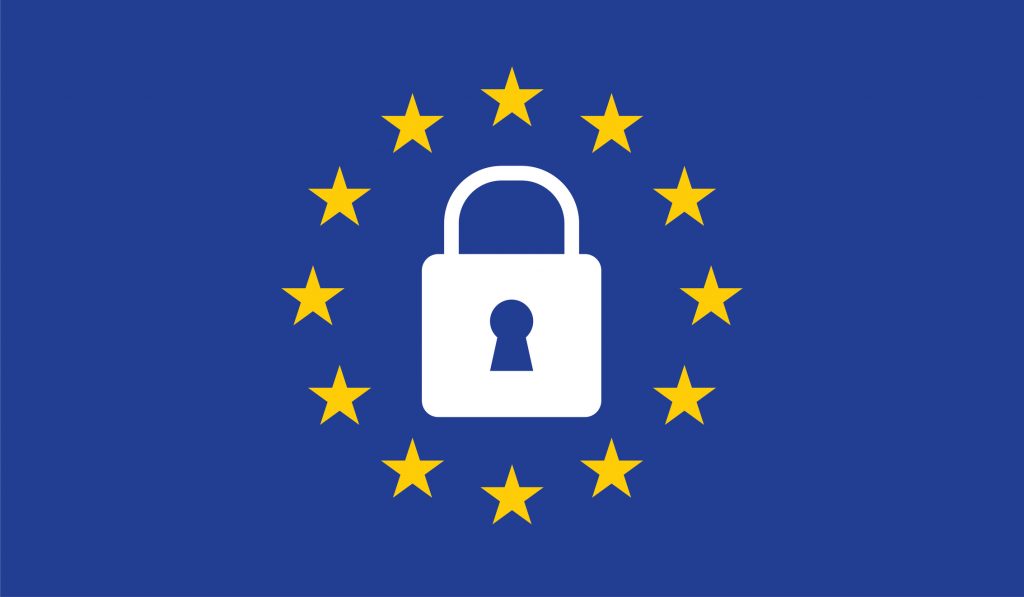What is the GDPR
What is GDPR? GDPR means the General Data Protection Regulation, that was agreed by the European Parliament and Council in April 2016. These will substitute and replace the Data Protection Directive 95/46/ec in Spring 2022 as an original decree regulating how organizations and companies protect the citizen’s personal information. Intuitively companies have started implementing the decree, and they are in align with it, more so they are also supposed to be fully compliant with the new requirements of the bill before it becomes more active on May 25, 2022. Penalties have also been put in place this is for the companies that will not have complied with the commandment.
The GDPR is implied to each adherent state of the European Union as per the requirements, with an objective to create more and unswerving fortification of consumer and personal informational statistics athwart European Nations. Some of the building key solitude and data protection of the GDPR do include:
- Getting first the permission of the subjects for data processing.
- Hiding the origin of the data to protect privacy.
- Providing notifications and alerts whenever data breach has occurred.
- Carefully handling the movement of data across precincts to ensure its security.
Requirements of the GDPR
The GDPR bill contains 11 chapters and 91 articles. But some sections do have a more significant potential bearing on the safety maneuvers. Additionally some memeber states of the EU require a data protection officer is appointed if your company meets a certain number of employees, one example of this is Germany which requires an internal or externer datenschutzbeauftragter (external data protection officer) for firms over a specific size.
Some of the GDPR chapters and articles are:
- Article 17 and 18 – In this article data subjects do have more authority over personal information that is managed automatically. The results are that the owners may transfer their private information service providers more quickly.
- Article 23 and 30 – These articles do require the organizations to put in place substantive data protection mechanisms to protect data confidentiality against loss or exposure.
- Article 45 – It just extends data protection requirements on global companies that collect or possesses EU citizen’s personal information, injecting them to the same laws.
A number of companies working towards compliance have recommended the following GDPR checklist, which is simple and easy to check list style resources to help you on your GDPR compliance path.
The subject of GDPR
The drive of GDPR is to directly carry out uniformity to data security edict on all the European Member State, and this is done so that each member State finds no value in drafting her own data protection rules and furthermore they are the same in the entire EU members State. To add to the subject matter is that every company that markets its goods or its services to the people of EU regardless of its location is still a substance to the regulation. Thus the bill will provide an avenue where the data protection requirements will be globally implemented.
Enforcement and Penalties for non-compliance
GDPR sets standardized rules across EU. These make it more enforceable than the previous law. SAs hold inspective and curative powers that may question forewarnings for non-compliance, carry out audits, require an organization to make specified enhancements by agreed deadlines, order data to be cleared, and block the companies from moving data to other countries. Since GDPR has empowered SAs to do all of these and also issue substantial fines like 2% to 4% of the company’s global annual income or ten to twenty million pounds penalties, this is done as per there discretion

